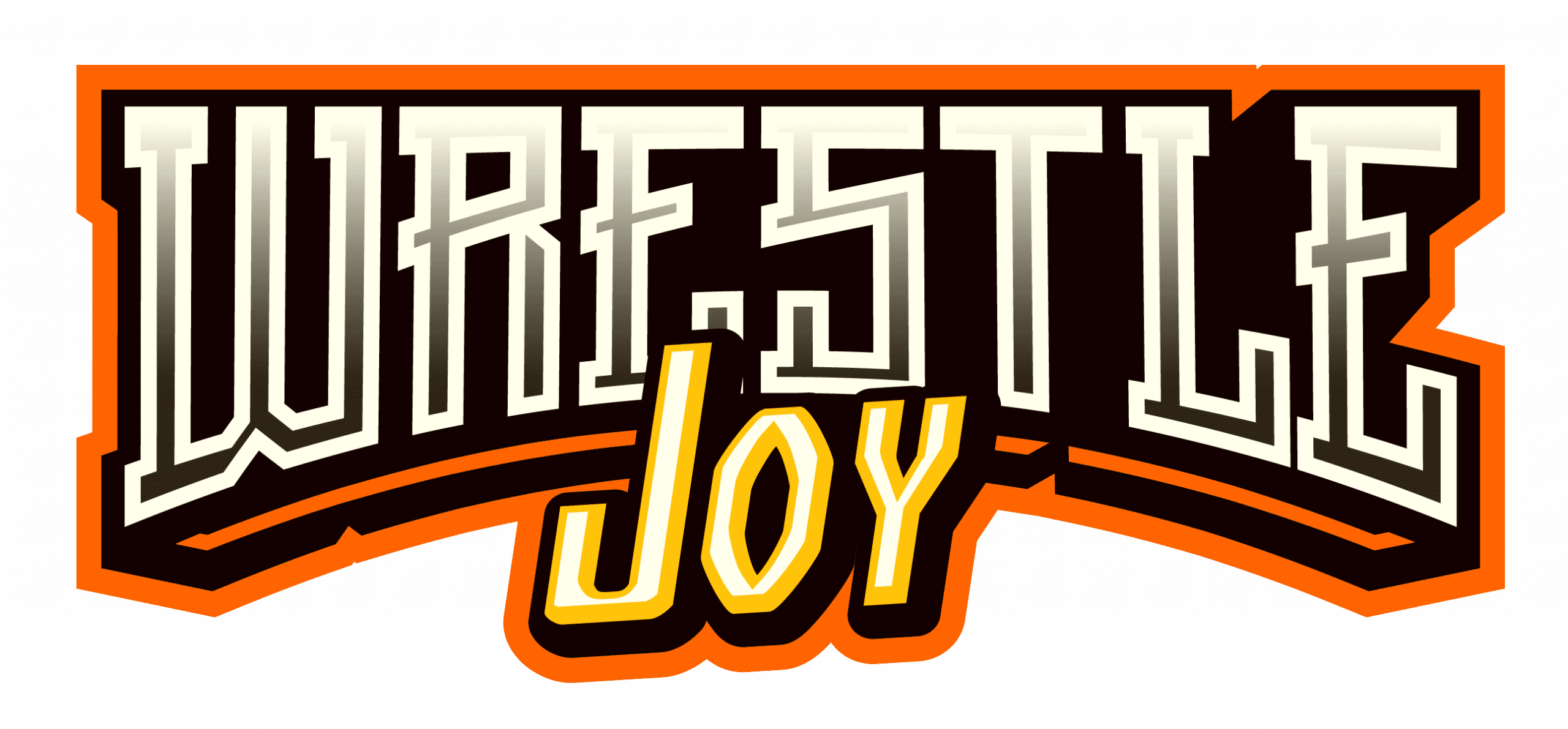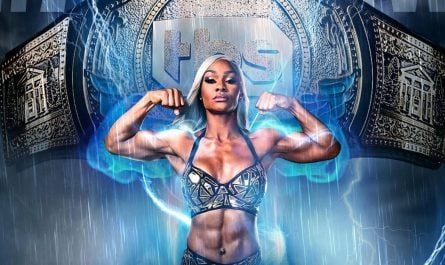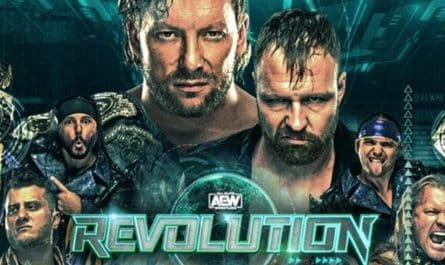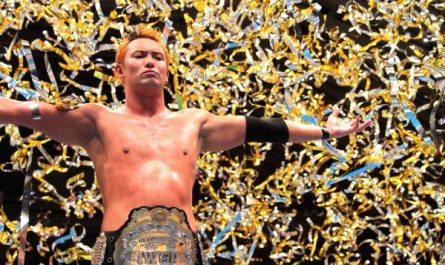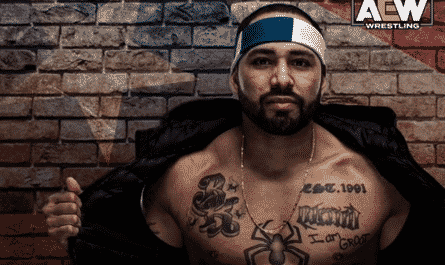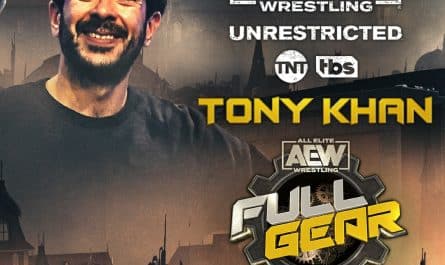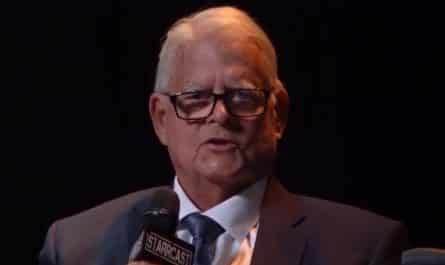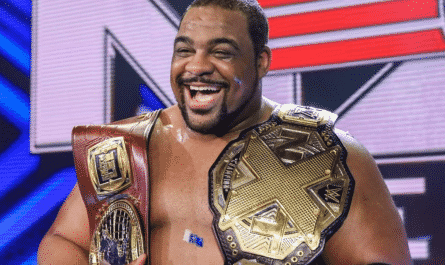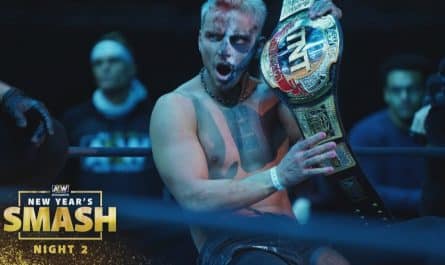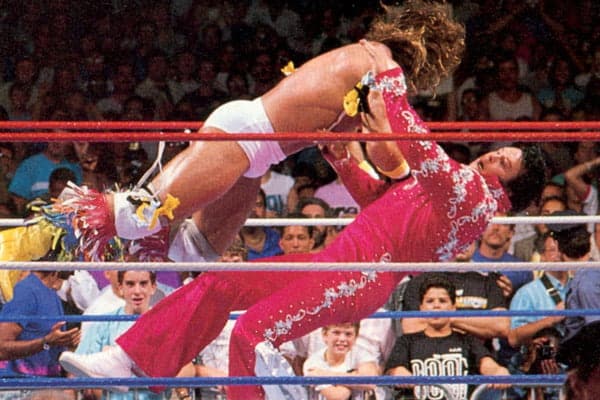Outside of Starrcade, Halloween Havoc was WCW’s premier event. With NXT once again bringing the event back to life, pardon the pun, we decided to look at the best and worst of the event. Initially, this was supposed to be one article. However, with such matches and the in-depth stories surrounding them, it was necessary to stretch this into three pieces. This is the second in a three-volume series, part one can be found here.
In 1997, World Championship Wrestling was at its peak. The company had firmly established itself as the premier professional wrestling company in the United States. The company’s main storyline, the nWo invasion, had captured a cultural zeitgeist that the mainstream hadn’t seen in over a decade. However, much of what WCW emphasized in its main event scene came from the previous decade. However, on the undercard, the evolution of the sport was happening. For a few years, WCW managed to balance these two versions of pro wrestling. It wouldn’t work forever, but as the company moved toward what would become the biggest event in WCW history (Starrcade ’97), everything seemed to be working. Most notably in the Cruiserweight division.
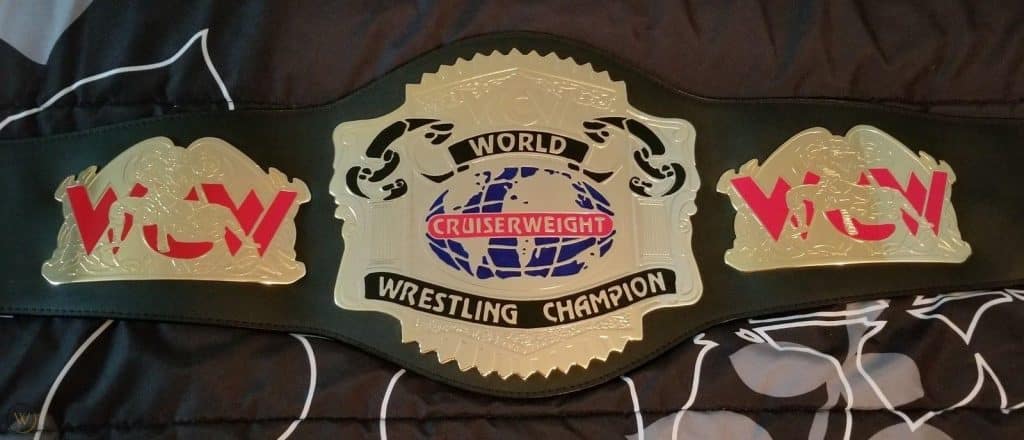
Eric Bischoff is a character in the business who often invites controversy and attention. For all of his bolstering and attempted historical rewrites, Bischoff had the forethought to showcase talent Vince McMahon had no interest in promoting in 1997. Throughout the decade, the influence of Mexican Lucha Libre and Japanese Strong Style seeped into American pro wrestling. In the early-90s, when both WCW and the WWF struggled to fill arenas south of the border, AAA wrestling was as hot as ever.
Antonio Pena, booker of CMLL, broke away from his former company and started AAA in 1992. Within a year, they were the hottest company in the world. They also became responsible for introducing Lucha Libre to mainstream American audiences. The incredible roster of talent included Konnan, Octagon, Perro Aguayo, and El Hijo del Santo. However, by 1993 the hottest act in the company was a tag team of Americans. Art Barr was a veteran of the Portland scene. The second-generation star had a short run in WCW as The Juicer, a Beetlejuice knock-off that clicked better in his native Portland than in WCW. When Barr traveled to Mexico, he became fast friends with another second-generation from El Paso, Texas, Eddie Guerrero. Guerrero, a part of the revolutionary New Japan junior division, was already one of the best workers in the world.
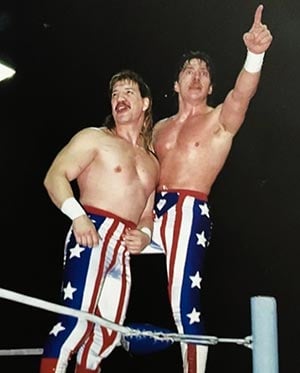
In CMLL, Guerrero was a popular masked character called Mascara Magica. However, when Guerrero jumped to AAA, he couldn’t bring the mask or character with him. CMLL owned the gimmick, and, as is the case today, the company was fiercely protective of its intellectual property (see: Mistico). When Guerrero showed up in AAA, he became the first luchador to willingly unmask himself. Guerrero initially teamed with El Hijo del Santo. The two formed a new version of La Pareja Atómica, the team both men’s fathers made famous decades earlier.
However, the paring was short-lived. Guerrero turned on the younger Santo and aligned himself with Barr. Though Guerrero’s roots ran deep through lucha, he played up his American status with Barr as La Pareja del Terror. Eventually, the pair were given the nickname Los Gringos Locos, and it stuck. They were red, white, and blue and became the most hated men in lucha. Eventually, Los Gringos Locos became a villainous stable that included Konnan, Chicano Power, and Louie Spicolli as Madonna’s Boyfriend (for real, that was his name).
Even with all that talent, Barr was the one who stood out in LGL. The company became so hot that they sold-out shows in the US and teamed with WCW to present their own pay-per-view. Called When World’s Collide, the show was the biggest Lucha Libre showcase in the US. Eric Bischoff understood when to jump into a trend. The semi-main event of the show featured the Gringos battling El Hijo del Santo and Octagon for the AAA tag titles (the same belts currently held by FTR) in a hair vs. mask match. The Technicos won, and the most hated team in Mexico had their head shaved in front of AAA’s biggest audience. The undercard featured two of Tijuana’s hottest young stars, Psicosis and Rey Mysterio Jr.
Paul Heyman immediately wanted to bring Barr and Guerrero into ECW. Unfortunately, Barr passed away before the team could debut. Instead, Eddie Guerrero debuted for ECW and took the ECW Television title from 2 Cold Scorpio. Guerrero engaged Dean Malenko in a legendary series of matches that got both signed with WCW in 1995 that coincided with the company’s Nitro expansion. With Guerrero gone, Heyman again turned to AAA and brought in Mysterio and Psicosis, who brought their exciting rivalry to the ECW Arena. The jaded, bloodthirsty fans marveled at the luchadors and became instant stars. Once again, Bischoff came calling, and both men, along with Juventud Guerrera, would also sign with WCW.
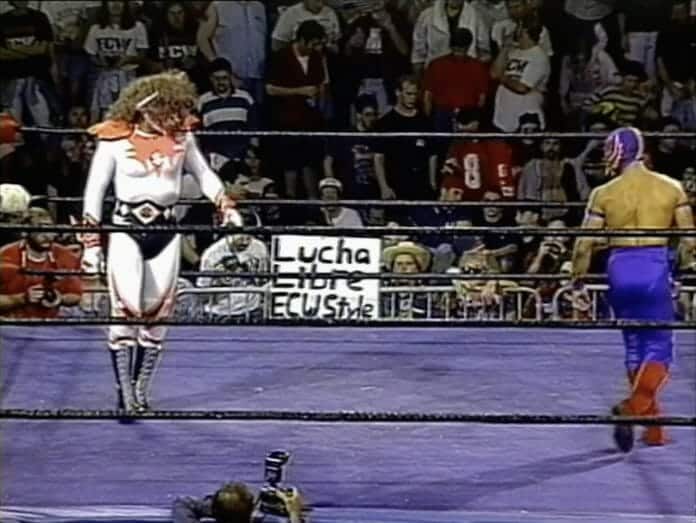
The Cruiserweight division, while not a significant focus of the promotion, repeatedly stole the show every Monday night. The company did little to program the talent into meaningful storylines. Eddie Guerrero was thrust into a rivalry with Ric Flair for the United States Championship. Though Guerrero had a lengthy reign with the belt, we hadn’t shown much personality. In Los Gringos Locos, it was Barr who did most of the character work. After dropping the US title to Malenko, Guerrero turned heel and channeled Barr and the spirit of what made Los Gringos Locos one of the greatest acts in lucha history. Guerrero defeated Chris Jericho for the Cruiserweight title and was thrust into a feud with his most storied rival, Mysterio.
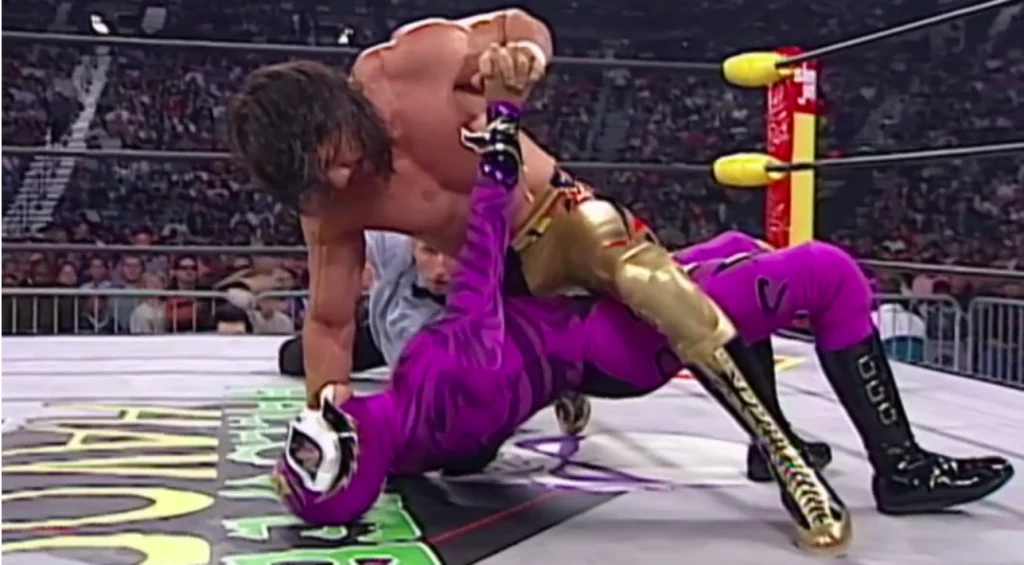
Rey Mysterio, with his size, seemed an unlikely US star, but from his debut at the 1996 Great American Bash, he became an instant sensation. Rey’s lighting speed and breath-taking offense wowed WCW’s fanbase. However, what made Mysterio click as a character was his selling. WCW was at its heart, a southern wrasslin’ territory and had a long history of underdog babyfaces who got over with crowds by drawing sympathy. Fans connected with Rey after watching him take beatings (Kevin Nash turning him into a lawn dart comes to mind) and come back fighting. Rey Mysterio was a masked Ricky Morton with more athleticism. He was the perfect opponent for Eddie Guerrero’s newfound vicious streak.
While Hulk Hogan and Roddy Piper were set to main event a cage match for Halloween Havoc 97, the match that stole the show would be for the Cruiserweight Championship. Guerrero granted Mysterio a short for the title, so long as he put his mask on the line.
Rey came to the ring in his first superhero-inspired costume, as the pulp Phantom. What happened between those ropes was the perfect marriage of lucha and the hard-hitting Southern-style fighting that WCW fans loved. The lovable underdog took a hellacious beating from the vile Guerrero as the crowd continuously chanted, “Eddie Sucks!” Eddie Guerrero lifted Rey Mysterio over his head, setting up a middle rope Razor’s Edge powerbomb. Mysterio breathtakingly counters with a mid-air hurricanrana. The hero covers and defended not only his mask but won back the Cruiserweight title. The match is largely considered the greatest in WCW history.
Though both would fight many times and bring their rivalry to WWE, this encounter remains one of the most memorable in professional wrestling history.
